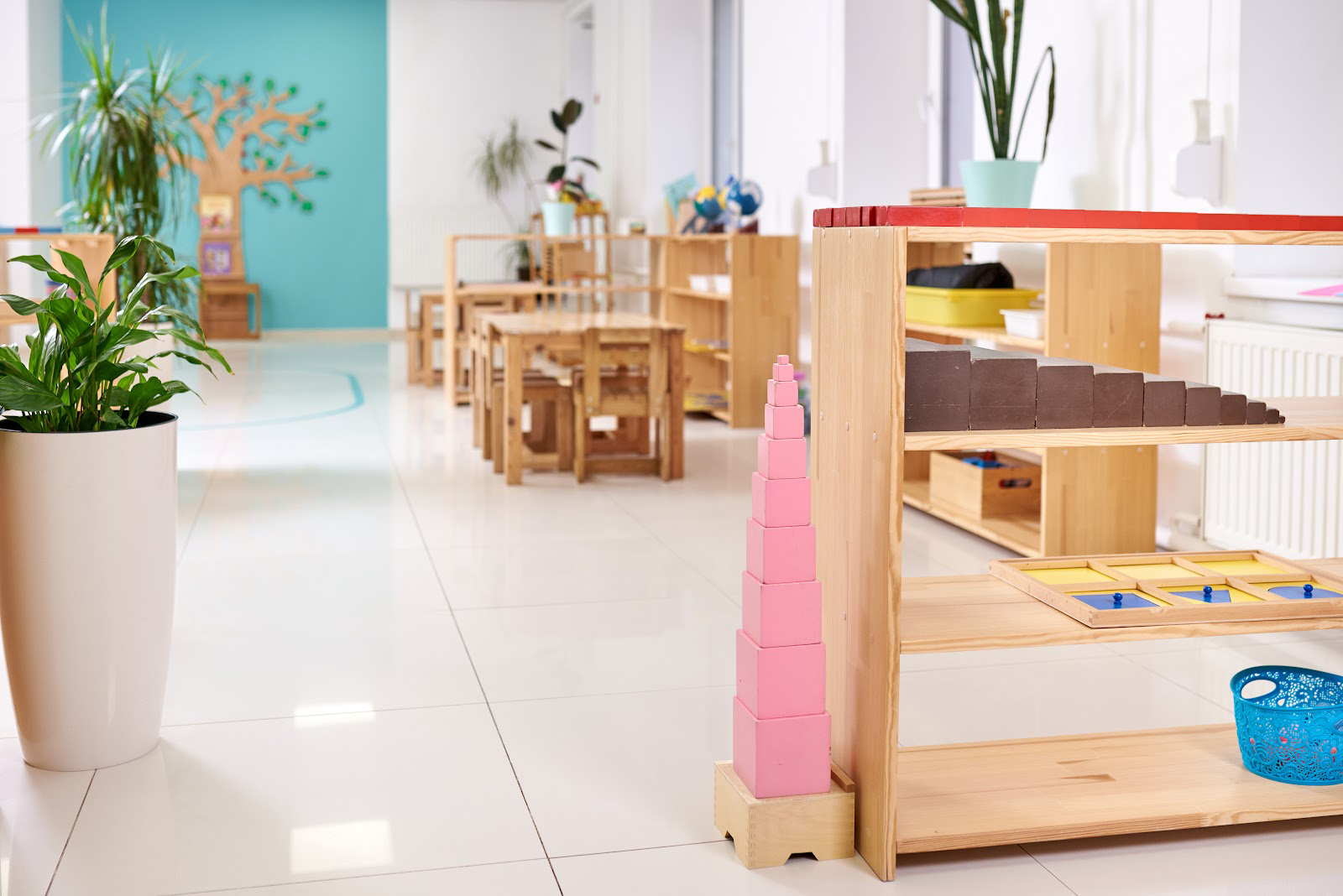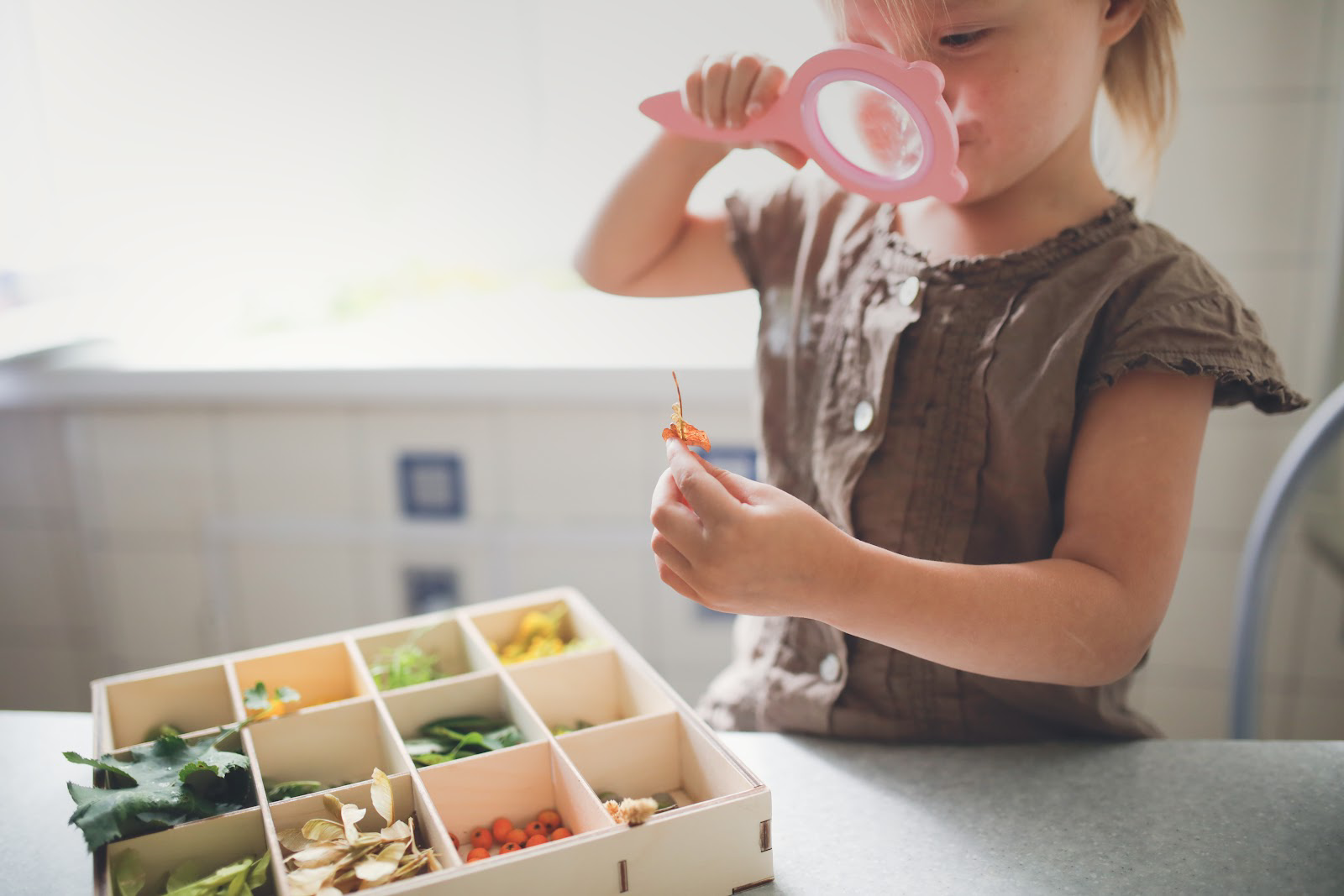Travel Tips
Lorem ipsum dolor sit amet, consectetur adipiscing elit.
When thinking of education everyone agrees you need a teacher and educational materials.
What if someone would tell you this is not enough? To create active engagement, collaboration, creativity and true holistic development, you need more. This is when the third teacher comes in, the environment where the learning takes place. The role of the third teacher goes beyond the limitations of a human presence and plays a vital role in shaping the learning experience. It is not merely a backdrop but an active participant in the learning process, it creates engagement, creativity and excitement to learn.
How to set up an your environment as an engaging and stimulating third teacher:
Natural and open spaces
Nature plays a significant role, and the third teacher leverages this connection. The inclusion of natural elements such as plants, natural light and outdoor spaces, creates a harmonious and calming atmosphere, facilitating engagement and inspiration.
Aesthetics and organization
The physical space is carefully curated to fit the current learning activities. With the understanding of ‘less is more’ materials and activities are carefully chosen and set up in a visually appealing, welcoming and organized setting that engages students and invites them to participate actively.

Documentation and reflection
Making learning visible for the children by documenting their learning journeys, displaying children's work and encouraging reflections, fosters metacognition, collaboration and communication. The documentation includes conversations, photos and children’s work and acts as a visual narrative for the children, enabling them to revisit their progress, celebrate achievements and identify areas of growth.
Flexibility and provocations
Flexibility is key. The environment responds and adapts to the children's interests and inquiries, with minor adjustments. Open-ended materials, provocations and learning centers encourage children to explore, experiment, problem solve and think critically, leading them to deeper understandings and new curiosities.
By acknowledging the profound influence of the learning environment, we unlock boundless potential for student engagement, creativity and growth. The meticulously designed space, adaptable nature, purposeful documentation, harmonious integration with nature and invigorating provocations converge to create an environment where students become active participants in their own educational journey.
